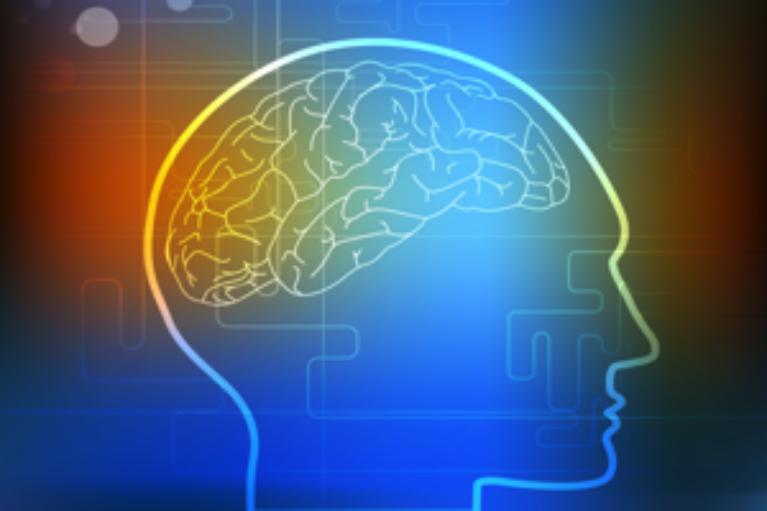Naltrexone is a drug approved by the FDA in the 1980s to treat heroin and opiate addiction. A long-acting form of Naltrexone, at high doses, is used to reverse the effects of narcotics like heroin.
LDN, or Low Dose Naltrexone,is different – it is a TINY dose of SHORT-ACTING Naltrexone (just 1-6mg) given daily, that helps signal the immune system to heal you. This is an off-label use, and is one of many old drugs being repurposed in new ways.
Naltrexone behaves very differently at these lower doses and has a positive effect on the immune system. It is being used and studied in the treatment of autoimmune diseases, chronic pain, neurological problems, cancer and many other conditions.
In order to understand how LDN works, we must understand the natural opioid – or the endorphin – system. Endorphins are a family of molecules produced in most cells in the body. They are important in immune function, cell growth and repair. We need adequate levels of these endorphin molecules to be healthy. Low levels are associated with autoimmune disorders.
LDN specifically binds to the endorphin receptor for OGF. OGF, or Opioid Growth Factor, normally sits on that receptor. Naltrexone displaces OGF for just a few hours, and as a result, your body thinks you don’t have enough OGF so it makes more, plus it makes more receptors and the receptors are hungrier for OGF.
In other words, LDN temporarily blocks the OGF receptors in the brain and, as a result, the body thinks more OGF is needed. By the time your body makes more OGF, the LDN is long gone, out of your system, and you reap the benefits of the immune-healing repair and decreased pain associated with increased OGF.
LDN supports the immune system as a whole – it is an Immuno-Regulator. It does not boost the immune system, it selectively improves its function. Low Dose Naltrexone (LDN) is extremely safe, well-tolerated and inexpensive, which is why it is being used more and more.
LDN also has a second mechanism of action – it decreases brain inflammation by decreasing the activity of microglia, the immune cells of the brain. LDN temporarily blocks Toll-like receptors on sensory nerves, which may reduce pain. LDN seems to help patients with psoriasis by temporarily blocking the same Toll-like receptors on mast cells.
Despite the promise of this new treatment, research on LDN has been progressing slowly, likely because LDN is off-patent, so there is no profit to be made. Even so, there have been over 24 human clinical trials since 2007 with hundreds of smaller studies as well.
Clinical trials have shown LDN to be effective in treating chronic pain conditions like fibromyalgia along with IBS, Crohn’s Disease, ulcerative colitis, multiple sclerosis, depression and Parkinson’s Disease.
The results of the first clinical trial using LDN for Crohn’s Disease were published in 2007 (1), followed by a study using LDN on multiple sclerosis (2)in 2008. Another study on fibromyalgia followed in 2009 (3). And the research that HAS been done has shown remarkable results. For example, the 2007 study on patients with Crohn’s Disease showed that 89% of patients responded well to LDN and 67% of patients achieved remission. There were no significant side effects reported. Great results were also recorded in a 2013 study done on patients with fibromyalgia (4) when patients reported significant improvements in pain, mood and quality of life. And research is ongoing with LDN proving to be beneficial in an increasing number of conditions such as autism, depression, multiple sclerosis, ovarian and pancreatic cancer, hypothyroidism, IBD, sarcoidosis, various skin conditions and chronic pain conditions like fibromyalgia.
I have been prescribing the off-label use of LDN since 2013 and use it in all autoimmune disorders, including patients with multiple sclerosis, ulcerative colitis, Crohn’s Disease, rheumatoid arthritis, psoriasis, lupus, sarcoidosis, cancer, depression, and chronic pain syndromes such as fibromyalgia. It works incredibly well for most, but not all, people with few, if any, side effects. In patients with Hashimoto’s thyroiditis where auto-antibody levels can be easily monitored, I have come to expect to see a gradual lowering of these auto-antibodies. This improvement can take time, which is consistent with using our own immune systems for a safe and natural healing process. And, considering the fact that the existing treatments for many of these conditions are toxic and come with significant side effects, this certainly makes LDN an enticing option.
The only side effects that have been noted are strange dreams, and these typically resolve within a few days if they happen at all. To minimize the possibility of these side effects, LDN can be given in the morning instead of at night, as is usually done. LDN is typically started at 1/3 the final dose and gradually increased over a week or more.
There are no nutrient, supplement or drug interactions with LDN except one – ALL narcotics such as codeine, but not Advil, Motrin or aspirin, are contraindicated.
The vast majority of patients end up at a dosage of 4.5mg once a day or, for pain patients, in divided doses. LDN must be made by a compounding pharmacy and, once the final dose is determined, the cost is generally about $1 per pill, regardless of dose.
Pioneer Pharmacy in Vernon, CT has organized several LDN conferences and is a great resource for all things LDN, as is ldnscience.org, where all of the research mentioned above can be explored. (5)







